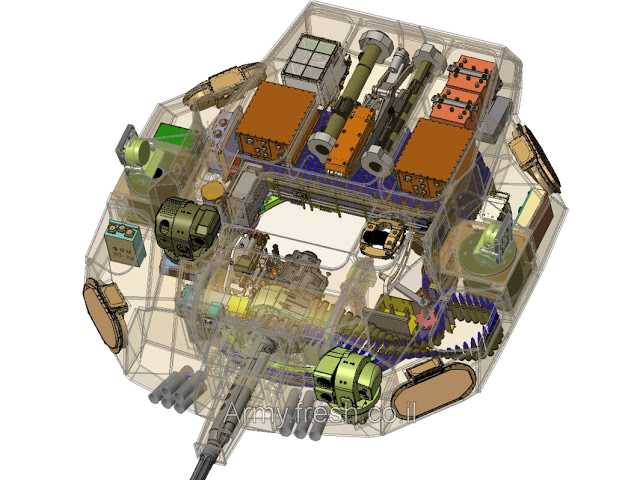I’m getting a desire to plan a new AR-15 build. I haven’t done one in a while. And I can do literally nothing to hurry the gunsmith building my fancy open 2011 along. So, let’s think about a new rifle.
It’s going to be a competition rifle. No compromises for other things. I have other rifles for that. Plus, I’d love to bring it to one of Ian and Karl’s practical two gun matches. That would be fun.
Compensator: Coda Evolution Fury
I like the M4-72, but it’s a little annoying to be behind. The Coda is designed for maximum flatness of the rifle, which is more important than recoil management, since we’re shooting 5.56. Let’s keep it flat, keep it simple. Plus the compensator is titanium, and that will help keep weight down. Oh, and we’re going to get it flame anodized, because it looks cool.
Barrel: Stretch 16, fluted
This barrel is the new hotness among 3-gun shooters. It’s got an intermediate-length gas system, which is somewhere in between midlength and rifle length. This feels about as soft as an 18″ barrel with a rifle length gas system. But, as you might have guessed from the name, it’s 16″ so it handles faster. It’s a high quality barrel with a medium profile. Not as light as we’d like, but it’s still not super heavy. Flutes will help with the weight a bit. Plus, we can get the Stretch 16 in cool colors. We’re gonna go with red, because it looks cool.
Note that because the gas system is nonstandard, the Stretch 16 comes with an appropriately sized gas tube.
Handguard: Coda Evolution Lightning 15″
When I was looking at handguards, I wanted something lightweight. I wanted something with as little fixed rail space as possible. I wanted free floated (duh!). I wanted a barrel mounting method that did not require any timing, because timing is annoying. And, preferably I wanted a design that wouldn’t require a whole bunch of extra panels to keep my hands from getting hot. It needs to protect my hands from heat as-is. Coda delivers with a really nice carbon fiber handguard. It’s got Mlok slots, doesn’t require timing for the install, and should be good at keeping heat away from my hands. The 15″ model chosen weighs under half a pound. And it looks cool.
Gas block: SLR Rifleworks Sentry 7 Adjustable
An adjustable gas block is mandatory on a good competition rifle. We’re using the SLR rifleworks model, appropriately sized for our barrel. It’s a high quality gas block, easily adjustable, with an extra set screw to prevent the adjustment screw from backing out. Plus, it’s titanium. It’s great. It’s under a handguard though, so we don’t have to worry about if it looks cool.
Upper: Odin Works Bilet
This one might change if I find a deal. I want a pretty standard upper, but it needs to not have the stupid forward assist. I hate that dumb part, and it’s time to start building rifles without it. I do also want capability for a dust cover and a brass deflector. Done.
Bolt Carrier: Whiskey Arms LBC
Part two of reducing recoil is a low mass bolt carrier. We’re going as low as we can here with an aluminum bolt carrier. ALUMINUM! How very space age. Note that it does need lots of lubrication, and it has a somewhat finite service life. Manufacturers say they usually expect about 10,000 rounds out of one. That’s not a concern. If wear proves to be a problem, we can always switch to a lightened steel bolt carrier and readjust the gas system. Note that lightened steel bolt carriers are about twice the weight of an aluminum carrier like this one.
Buffer Spring: JP Captive
And now, part three of our recoil reduction system. The JP Captive spring system is a part I’ve been meaning to try, mostly because I can. It’s adjustable for weight, and comes with a spring kit. And everyone who tries them loves them.
Primary Optic: Vortex Razor HD Gen II-E 1-6x
It’s the Vortex Razor! It’s four ounces lighter! It’s got a giant eyebox, which I really like. It’s got super bright reticle illumination, which I really like. It’s the most popular optic by far on the three gun circuit for good reason. It does everything you want well. It’s at a reasonable price point. Oh, and this version cuts a quarter pounder with cheese off the weight of the original. Plus it looks cool.
Secondary Optic: 45-degree offset Leupold Deltapoint Pro
I like to shoot open for reasons of pistols with dot sights and compensators. Open is a lot less useful for rifles, but it still lets you put two optics on, so we might as well, right? The offset red dot can be useful occasionally for needing to do fewer power changes with your primary optic. You can also use it to avoid having to switch shoulders to shoot around a weak-hand side barricade.
Stock: TBD
Of course this rifle needs a stock. But something that’s important to me is balance, and so I’ll test-fit my upper to various lowers and see what sort of stock would balance the rifle best. So this will be covered in the future.
Lower: Doesn’t Matter
Really it doesn’t. From a functionality perspective, a lower is a lower. Some have ambi controls, but I’m right handed, and having played with those, it’s not a big deal to not have them. Even if I wanted, say, a right-side bolt release, there are a whole bunch of billet lower manufacturers who will oblige.

